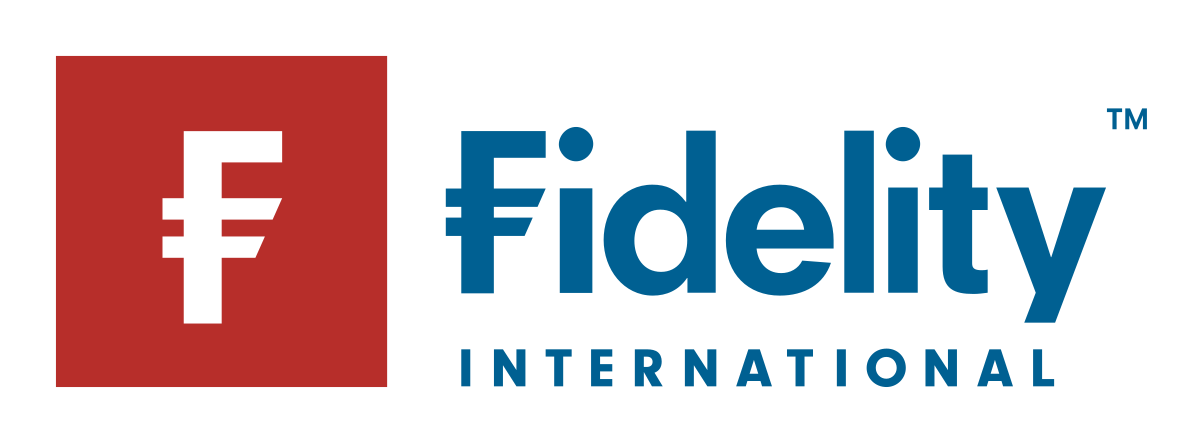Celebrity chef Gordon Ramsey once wrote, ‘adapting a recipe's ingredients is completely in your hands’. But the method is what really matters’. We believe the same is true of active ETFs in fixed income, which is increasingly attracting capital flows.
Global net inflows into active fixed income ETFs totalled $69bn as of July 2024, compared to $27bn during the same period in 2023, according to ETFGI.
Unlike passive ETFs that simply track the underlying reference indices, active ETFs vary more widely in the way they are constructed. This is especially true for bonds, which are more complex relative to equities, investors should conduct a higher level of due diligence into a provider’s methods.
After all, there are many ingredients to simmer down when it comes to considering what is ‘active’ in an active fixed income ETF. In the following, we discuss some considerations when investing in active fixed income ETFs and highlight our proprietary Fidelity Optimus tool to customise solutions.
Why defining the meaning of ‘active ETFs’ matters
There is a wealth of variables to consider when investing in active fixed income ETFs. Depending on the risk-return profile targeted, investors may decide on one or more strategies such as sustainable credit, quality income, cash flow matching, or thematic. Within these categories, active decisions are taken around risk-return factors such as interest rates, credit, term structure and currency risk.
The complexities of bond markets require the application of in-depth, proprietary research in the pursuit of benchmark outperformance. Importantly, returns should be delivered with rigorous risk management. Typically, investors in active fixed income ETFs should expect:
Cost-effective market access with active decision-making
Robust proprietary research platform supporting alpha generation
Portfolio efficiency in managing transaction costs and turnover
Reduced error and omission risks
Precise risk-return monitoring, including diversification, tracking error and cost advantages
Leveraging Fidelity’s extensive global research capability
One efficient way of constructing an active fixed income ETF is through fundamental analysis to outperform a particular benchmark. In this case, we start by defining the relevant investment universe, which provides the starting point for our active fixed income ETFs. We also take into account portfolio objectives like quality, volatility, and desired exposure restrictions such as minimum rating, country, currency, maturity, sector and ESG criteria.
Drawing insights from our proprietary research via systematic investment selection and capital allocation processes, our portfolio managers overweight or underweight individual investments within each portfolio.
This tilts them towards securities that our analysts rate positively in terms of fundamental and sustainable characteristics, ensuring that the portfolios are dominated by securities with ‘strong buy’ or ‘buy’ ratings.
The benefits of an index-aware approach
Furthermore, macro exposures in relation to factors like sector, geography, market capitalisation, etc., should be considered. For example, our optimisation technology matches these exposures closely by adjusting the weightings of their underlying investments. In turn, this allows security selection to be maximised as the key driver of relative returns; in our view, bottom-up investment selection holds substantial outperformance potential.
Delivering diversified index-aware ETFs that incorporate in-depth, bottom-up research is potentially an expensive process. However, our ETFs benefit from significant cost efficiencies due to:
The economies of scale that our proprietary technology platform provides.
Many of the key research, trading, regulatory and other implementation inputs they require are already in place across our business.
Optimisation processes ensure the cost-efficient delivery of alpha by striking a balance between implementation and investment management costs.
Fidelity Optimus: Our award-winning technology
Our ability to construct active ETFs to meet investors needs is supported by Fidelity Optimus - our award-winning next-generation proprietary platform for portfolio construction, modelling and implementation of tailored investment solutions.
Designed with our fundamental, ESG, and quantitative research at its heart (across credit, equity, macro, and trading), we believe it is the ideal platform from which we manage a range of tailored solutions like our active fixed income ETFs.
No longer are bespoke fixed income solutions only accessible to the largest institutional investors such as pension schemes. We have designed our proprietary Fidelity Optimus as a versatile processing tool that harnesses the computational power of cloud computing to incorporate proprietary insights from Fidelity active research, client-defined objectives, and constraints within tailored investment portfolios.
It can create portfolios with diverse characteristics and goals for a range of cost-effective active fixed income ETFs. Scalability is one of its major benefits.
Combined with the skill and experience of our portfolio managers, Fidelity Optimus enables investors to benefit from the advantages of our research via a broader range of solutions.
Ilia Chelomianski, fixed income portfolio manager at Fidelity International
This article first appeared in ETF Insider, ETF Stream's monthly ETF magazine for professional investors in Europe. To read the full edition, click here.
Important information
This material is for Institutional Investors and Investment Professionals only and should not be distributed to the general public or be relied upon by private investors. Past performance is not a reliable indicator of future returns.
Investors should note that the views expressed may no longer be current and may have already been acted upon. Changes in currency exchange rates may affect the value of an investment in overseas markets. Investments in emerging markets can be more volatile than other more developed markets. The value of bonds is influenced by movements in interest rates and bond yields. If interest rates rise and so bond yields rise, bond prices tend to fall, and vice versa. Sub-investment grade bonds are considered riskier bonds. They have an increased risk of default which could affect both income and the capital value of the Fund investing in them. Due to the greater possibility of default an investment in a corporate bond is generally less secure than an investment in government bonds. Fidelity ETFs can use financial derivative instruments which may result in increased gains or losses within the fund. These funds may have or are likely to have, high volatility owing to their portfolio composition or portfolio management techniques. The ETF tracks an equity index and as a result the value of the fund may go down as well as up. Performance data is based on the net asset value (NAV) of each ETF, which may not be the same as the market price of the ETF. Individual shareholders may realise returns that are different to the NAV performance. Funds are subject to charges and expenses. Charges and expenses reduce the potential growth of investments. There is no guarantee that the investment objective of any Index Tracking Sub-Fund (passively managed) will be achieved. The performance of a sub-fund may not match the performance of the index it tracks due to factors including, but not limited to, the investment strategy used, fees and expenses and taxes. The Investment Manager’s focus on securities of issuers which maintain sustainable characteristics may affect the fund’s investment performance favourably or unfavourably in comparison to similar funds without such focus. The sustainable characteristics of securities may change over time. Investments should be made on the basis of the current prospectus, which is available along with the Key Investor Information Document, current annual and semi-annual reports free of charge on request by calling +44 0800 368 1732.
Europe: Issued by FIL Pensions Management (authorised and regulated by the Financial Conduct Authority in UK), FIL (Luxembourg) S.A. (authorised and supervised by the CSSF, Commission de Surveillance du Secteur Financier), FIL Gestion (authorised and supervised by the AMF (Autorité des Marchés Financiers) N°GP03-004, 21 Avenue Kléber, 75016 Paris) and FIL Investment Switzerland AG.
UKM0924/388334/SSO/NA



